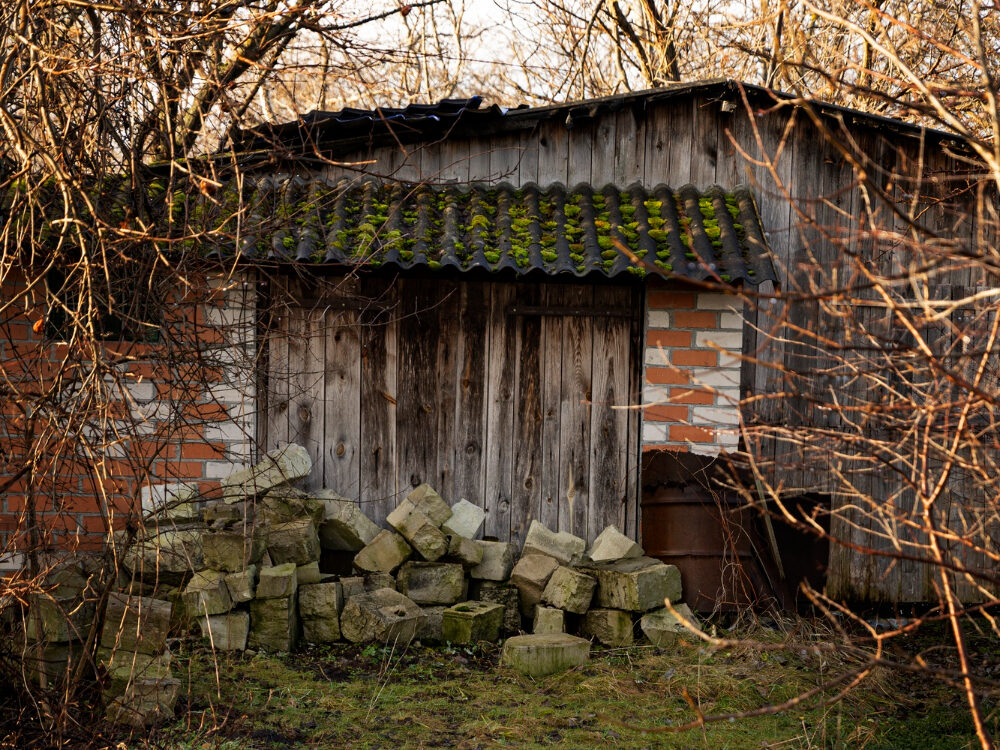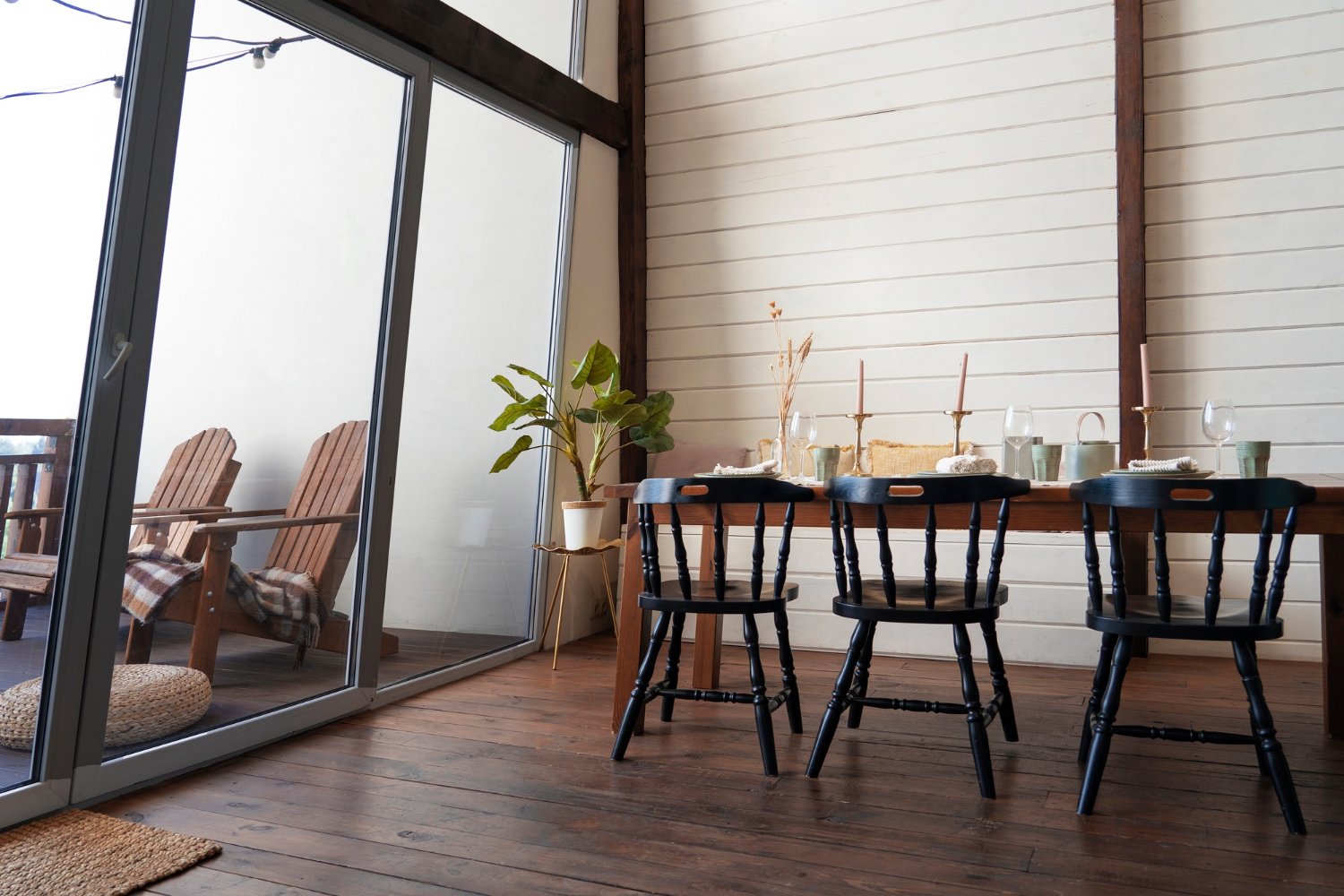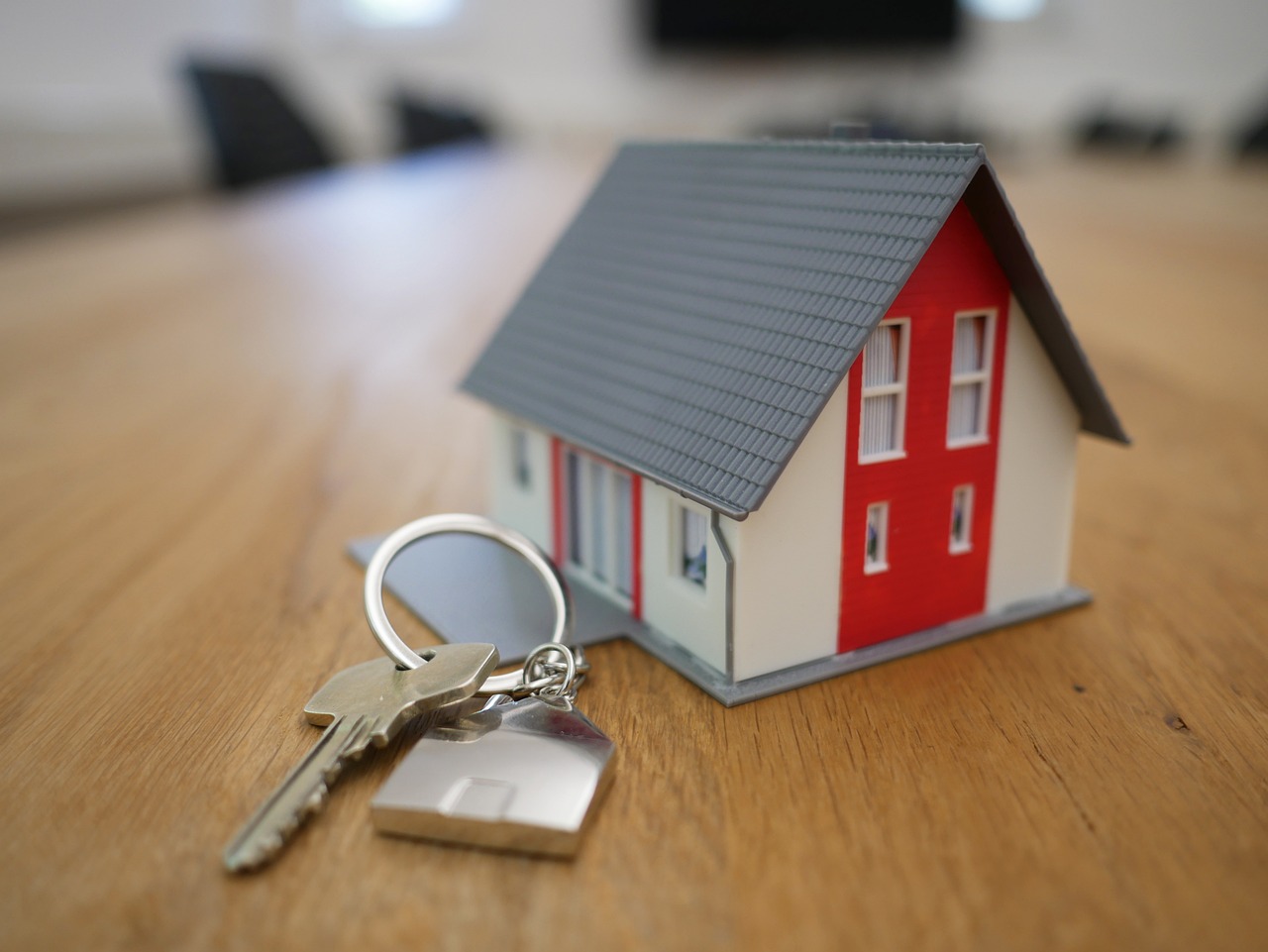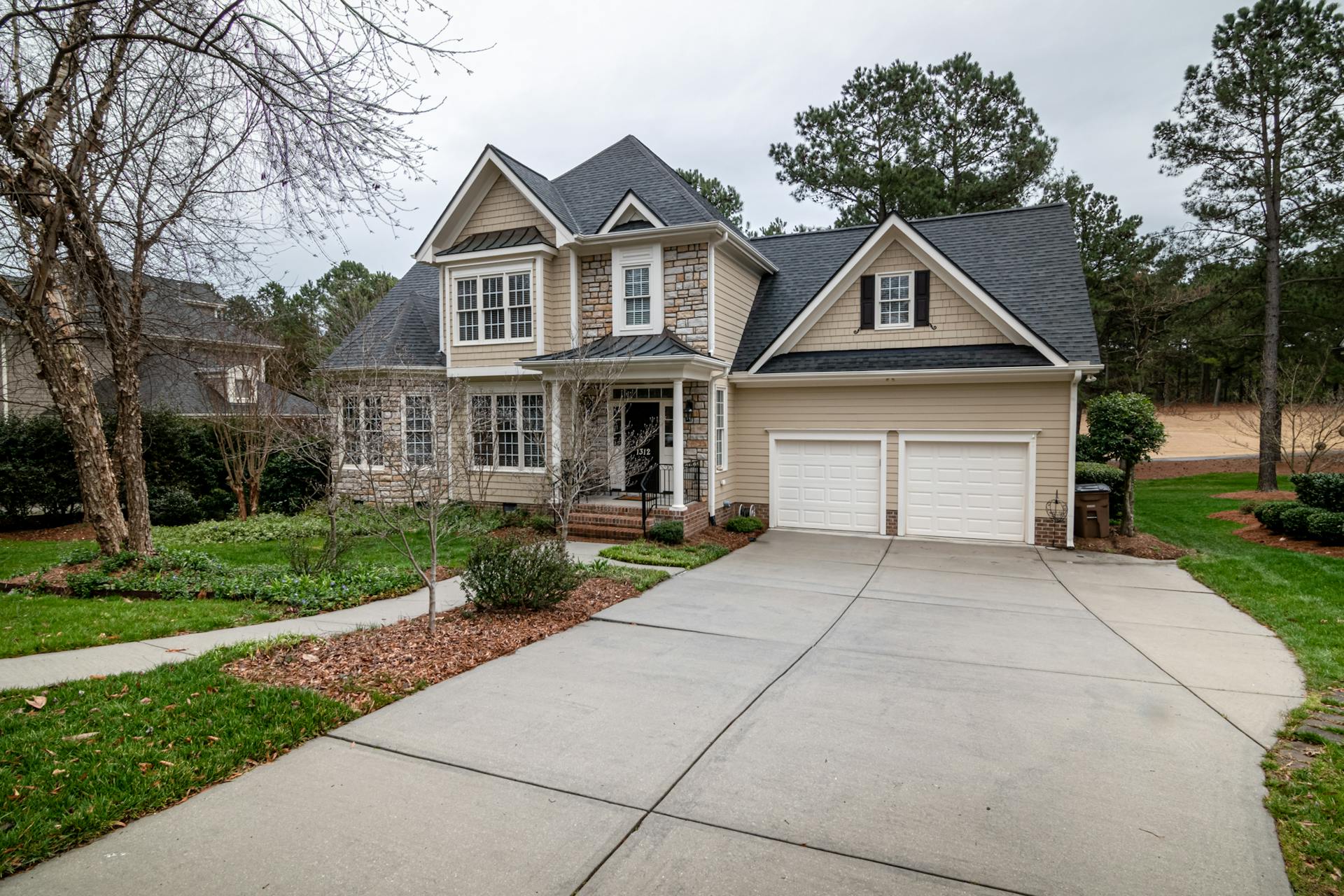How Idaho, Washington and Oregon Homeowners Can Save Money on Repairs

Facing expensive home repairs in Idaho, Washington and Oregon can be daunting. Major issues like structural repairs, plumbing, and electrical overhauls can cost thousands. If you’re looking to save money on repairs, consider selling your home as-is. This option saves time, money, and stress, especially with services like those offered by Compassionate Property Solutions. They provide a no-fee, no-commission model and a quick, transparent sales process, making it easier for homeowners to move on without the financial burden of extensive repairs.
Major Structural Repairs
Foundation Issues
Foundation problems are a significant concern for homeowners. Common signs include cracks in the walls, bowing of walls, uneven floors, and doors or windows that no longer close properly. More subtle indicators might be gaps around window frames or exterior doors and visible cracks in the foundation itself. Addressing these signs promptly can prevent more severe damage over time.
Fixing foundation problems can be costly. Minor cracks and issues might be resolved for a few hundred dollars, but more extensive repairs, such as bands or hydraulic piers, can range between $10,000 and $20,000. The total cost depends on the extent of the damage, the method used for repairs, and the region where you live. Regular inspections and early intervention can help mitigate these costs. For example, homes in areas with expansive clay soils, which can cause more significant shifting and settling, may require more frequent inspections and maintenance.
Additionally, when considering foundation repairs, it’s important to factor in the long-term benefits. A stable foundation ensures the overall integrity of the home, potentially saving thousands of dollars in future repairs. It also maintains the home’s market value, making it easier to sell if you decide to move.

Roof Replacement
The roof is one of the most critical components of a home, providing protection against the elements. Different roofing materials have varying lifespans, which can impact the timing and cost of replacements. Asphalt shingles, the most common roofing material, typically last 20-30 years. Metal roofs can last 40-70 years, while tile and slate roofs may endure for over 100 years with proper maintenance.
Replacing a roof is a substantial investment. The cost can vary widely based on the material used and the size of the roof. For asphalt shingles, homeowners might expect to pay between $5,000 and $15,000. More durable materials like metal or tile can significantly increase this cost, but they offer longer lifespans and better durability against harsh weather conditions.
While the upfront cost of a new roof is high, the benefits can outweigh the expenses. A new roof not only enhances the home’s aesthetic appeal but also improves energy efficiency, potentially lowering heating and cooling costs. It provides peace of mind, knowing that your home is protected from leaks and weather damage. Furthermore, a new roof can increase the home’s resale value, making it a worthwhile investment if you plan to sell.
Understanding these major structural repairs helps homeowners make informed decisions about whether to invest in repairs or consider selling their home. For those facing substantial repair costs, companies like Compassionate Property Solutions offer an alternative by purchasing homes as-is, allowing homeowners to avoid the financial burden of extensive repairs.
Plumbing and Electrical Overhauls
Major Plumbing Issues
Old pipes and sewer lines are common in older homes, and over time, they can corrode, leading to leaks and blockages. Signs that you need to replace them include low water pressure, discolored water, and frequent leaks. Replacing old pipes involves removing the old system and installing new ones, which can be labor-intensive and disruptive. Sewer lines, especially, can be problematic if tree roots have invaded them or they’ve collapsed. The process may require digging up your yard, which adds to the complexity and cost.
Extensive plumbing repairs can be costly. Replacing pipes can cost between $3,000 and $10,000, depending on the size of your home and the extent of the damage. Replacing sewer lines can range from $3,000 to $25,000, depending on the method used and the length of the pipe. These repairs also come with complications. Accessing pipes often requires cutting through walls or floors, adding to the labor and material costs. Additionally, you may need to stay elsewhere during extensive work, which can be inconvenient.

Electrical System Upgrades
Older homes often have outdated wiring that can’t handle modern electrical loads, posing a fire risk. Rewiring involves replacing old wires, installing new outlets, and updating the electrical panel. Signs your home needs rewiring include frequently blown fuses, flickering lights, and outlets that feel warm to the touch. The process involves opening walls to access the wiring, which can be messy and disruptive.
Rewiring an entire home can cost between $8,000 and $15,000, depending on the home’s size and the complexity of the job. While this is a significant expense, it’s an investment in your home’s safety and functionality. Modern wiring can handle the electrical load of today’s appliances and technology, reducing the risk of electrical fires and improving the overall electrical performance of your home.
In conclusion, understanding the scope and costs of plumbing and electrical overhauls can help homeowners make informed decisions. Whether it’s replacing old pipes and sewer lines or upgrading an outdated electrical system, these improvements are essential for maintaining a safe and functional home. If the costs of these repairs are too high, selling your home as-is to a company like Compassionate Property Solutions may be a practical alternative.
HVAC System Replacement
Heating System Failures
Heating systems, like furnaces or boilers, can fail over time due to wear and tear. When they do, replacing them can be expensive. The cost of a new furnace ranges from $2,500 to $7,500, while a new boiler can cost between $3,500 and $10,000. These prices include installation, which is necessary to ensure the system works correctly and efficiently.
Replacing an old or failing heating system improves home comfort significantly. Newer models are more energy-efficient, providing better heat distribution and lower energy bills. An efficient system also maintains a consistent temperature, which is crucial during the cold Idaho winters. Upgrading to a modern heating system not only enhances comfort but also reduces the risk of breakdowns and costly repairs in the future.
Air Conditioning System Overhauls
Installing a new central air conditioning system is another substantial expense. Depending on the size of your home and the system’s efficiency, the cost can range from $3,000 to $7,000, including installation. This expense can be daunting, but it’s important to consider the benefits.
Upgrading to a new air conditioning system can significantly improve your home’s energy efficiency. Older systems tend to use more energy and provide less cooling. Newer models are designed to be more efficient, offering better cooling at a lower cost. This not only makes your home more comfortable during the hot summer months but also reduces your energy bills. Additionally, modern air conditioning systems are more environmentally friendly, using refrigerants that are less harmful to the ozone layer.
While the upfront costs of HVAC system replacements are high, the long-term benefits in terms of comfort, energy efficiency, and reliability can make these investments worthwhile. Understanding the costs and benefits can help you make an informed decision about whether to repair or replace your heating and cooling systems. If the cost of these upgrades is prohibitive, exploring alternatives like selling your home as-is might be a practical solution.

Mold and Water Damage
Mold Remediation
Mold can cause serious health risks, including respiratory problems, allergies, and infections. Removing mold involves identifying and eliminating the source of moisture, cleaning or removing contaminated materials, and ensuring proper ventilation. The cost of mold remediation varies widely, ranging from $500 for minor cases to over $6,000 for extensive infestations. Professional help should be sought to ensure complete removal and the necessary structural repairs to prevent recurrence.
Preventing future mold growth is essential to avoid health risks and additional costs. Keep your home dry by fixing leaks promptly, using dehumidifiers in damp areas, and ensuring proper ventilation in bathrooms and kitchens. Regular inspections can help identify potential problem areas before mold becomes a significant issue.
Addressing Water Damage
Water damage can compromise the structural integrity of your home, leading to costly repairs. Common sources of water damage include roof leaks, burst pipes, and flooding. Repairing structural water damage often involves replacing damaged materials like drywall, flooring, and insulation, as well as addressing the root cause of the moisture. Depending on the extent of the damage, repair costs can range from a few hundred to several thousand dollars.
Long-term costs and potential for recurrent issues should not be overlooked. If water damage is not addressed properly, it can lead to mold growth, wood rot, and weakening of your home’s structure. This can result in more frequent and expensive repairs down the line. Ensuring thorough repairs and taking preventive measures, such as waterproofing your basement and maintaining your roof, can help avoid recurrent problems and protect your investment.
Understanding the implications of mold and water damage, and taking appropriate steps to address and prevent them, is crucial for maintaining a safe and healthy living environment. If the costs and efforts required to handle these issues become overwhelming, considering alternatives such as selling your home as-is might be a practical solution.
Financial Considerations
Evaluating Repair Costs vs. Home Value
When facing major repairs, it’s important to assess whether the investment is worthwhile. Start by obtaining quotes for the necessary repairs and compare these costs to your home’s current market value. For instance, if your home is valued at $200,000 and needed repairs cost $50,000, consider whether this investment will significantly increase your home’s value or if it’s more economical to sell.
Major repairs can impact your home’s resale value. While some repairs, like a new roof or updated plumbing, can increase your home’s market value, others might not provide a significant return on investment. For example, costly foundation repairs might stabilize your home but won’t necessarily boost its resale value proportionally. Evaluating these factors helps in making an informed decision.
Alternative Solutions: Selling Your Home As-Is
Selling your home without making repairs can be a viable alternative, especially if repair costs are prohibitive. This option saves you time and money and eliminates the stress of managing extensive repairs. Buyers of as-is homes understand they are purchasing the property in its current state, which relieves you of this burden and can speed up the selling process.
Compassionate Property Solutions can facilitate a quick sale for homeowners looking to sell as-is. They offer no fees or commissions, providing a straightforward and transparent process.This strategy allows, you to avoid the hassle of repairs and move forward quickly, the timeline is up to you!.
Compassionate Property Solutions’ Role
We offer a unique, done-for-you service to homeowners looking to sell their properties without the hassle of repairs or traditional real estate processes. We buy homes as-is, meaning you don’t need to spend time or money fixing up your house before selling. This service is ideal for those facing significant repair costs or who need to sell quickly due to financial or any number of personal circumstances.
One of the standout features of Compassionate Property Solutions is that we charge no fees or commissions. Traditional real estate transactions often involve agent commissions and closing costs, which can add up to a substantial amount. By eliminating these fees, Compassionate Property Solutions ensures that you keep more of the sale proceeds. This approach simplifies the selling process and makes it more efficient and financially advantageous for homeowners.
The sales process with Compassionate Property Solutions is quick and transparent. Once you contact us, we estimate the repair costs and the market value of your property. After evaluating your home, we present you with a fair cash offer. If you accept, we handle all the paperwork and take care of closing the sale at your convenience. This streamlined approach can be completed in a matter of days, providing a stress-free experience.
The cash-buying option eliminates the unpredictable and lengthy mortgage-loan process, thus Compassionate Property Solutions provides an efficient and cost-effective alternative to the traditional, retail home selling process. Our no-fee, no-commission model, combined with a fast and transparent sales process not only saves you money but also provides peace of mind by ensuring a quick and hassle-free transaction.













